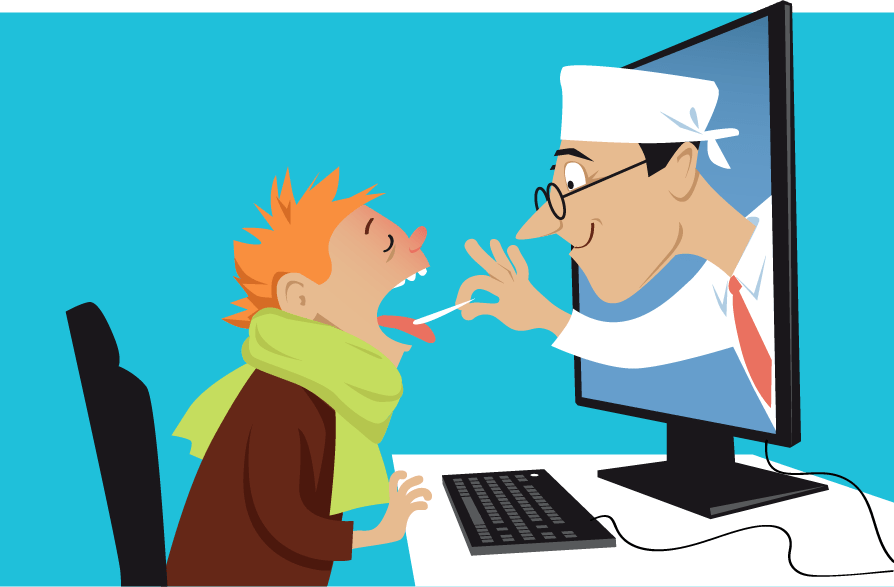
I taught a class today on telehealth and specifically mHealth, a term that went out of favor 7 years ago. I thought it might be amusing to remind us all how far we’ve come as an industry in just a few short years and why Telehealth is so much more accessible today.
In 2010 we were still talking about people using PDA’s, palmtop computers, or personal data assistant
In 2010 we were still talking about people using PDA’s. A personal digital assistant. The built in camera for laptops at the time was .3 megapixels. The iPhone 4 revealed June 7, 2010 front facing camera was .3 Megapixels. In comparison the Iphone 12 just released is 12 megapixels. Over the past decade we’ve seen drastic improvements in technology and bandwidth. The US Bandwidth alone has gone from 2010 average of 3.87Mbps to Mobile device average is 47 and broadband is approaching 200Mbps. Almost all devices now contain a bluetooth chip and many devices contain cellular opportunities.
We’ve seen tele programs like stroke, specialist care, and surgery drive capabilities in our health systems forward over the past decade. However, we’ve never had an external impetus like the pandemic this past year. It drove adoption rates through the proverbial roof. Health systems that might have done a handful of encounters a month experienced a 10,000% increase in visits. https://www.ibj.com/articles/a-tsunami-of-growth-in-telemedicine
We have driven adoption of remote monitoring, drug dispensing, infection control, and improved patient outcomes
We have driven adoption of remote monitoring, drug dispensing, infection control, and improved patient outcomes. The biggest driving factor we’ve faced that has prevented adoption of telehealth has been payment. As we’ve watched things loosen and tighten this year surrounding payment for telehealth visit you can see a direct correlation in how many encounters are done through this mechanism. Speaking as a patient I have appreciated the flexibility when meeting with specialists.
